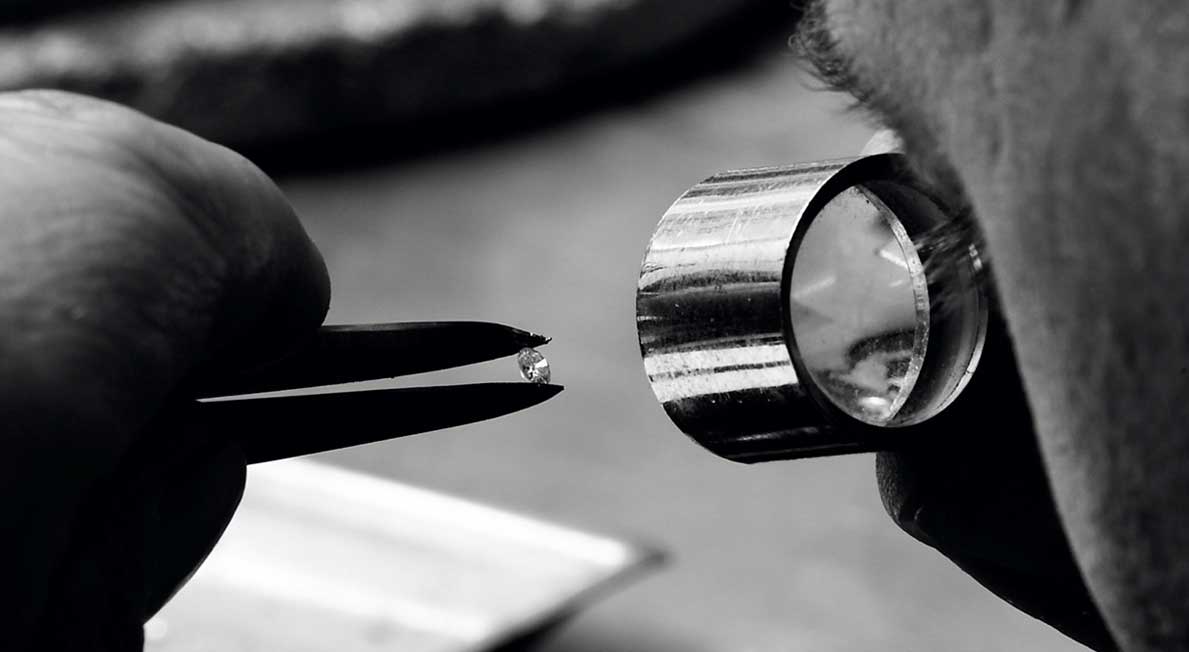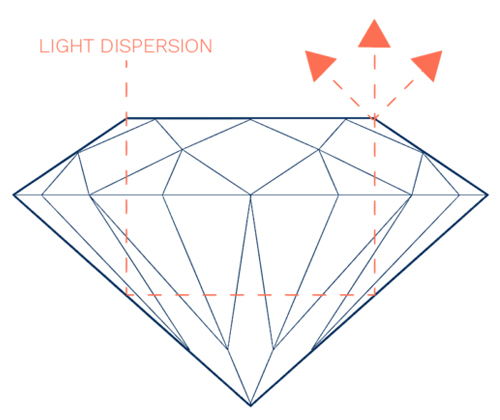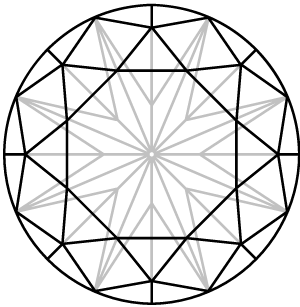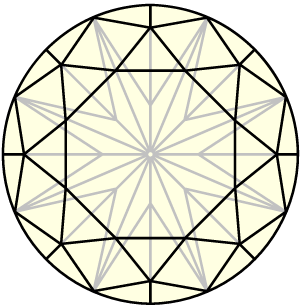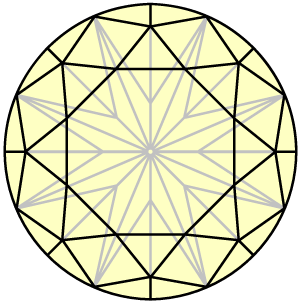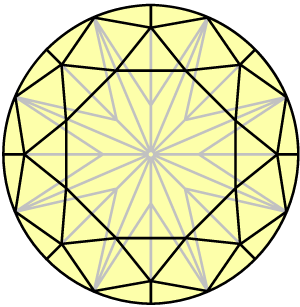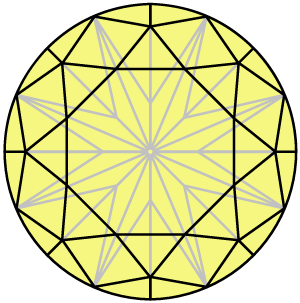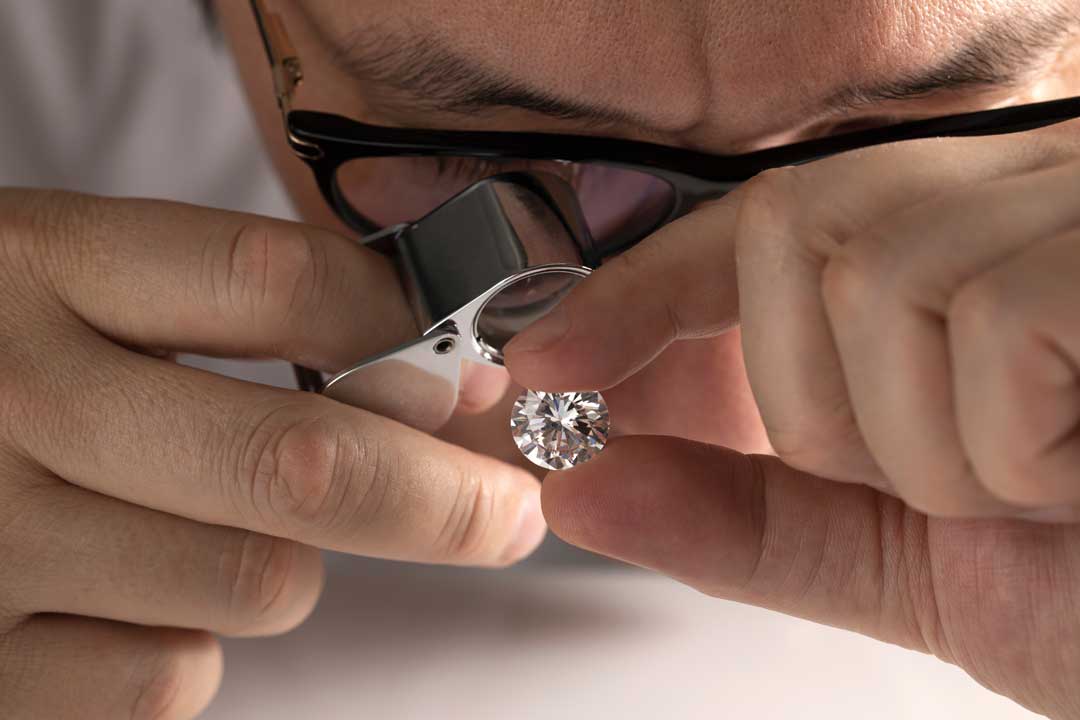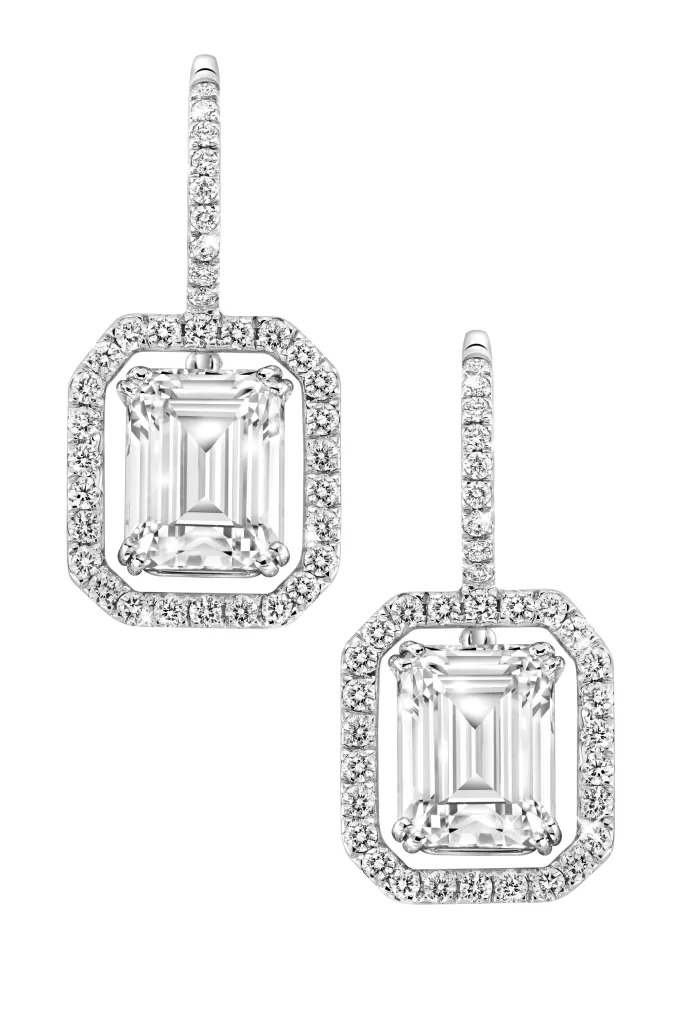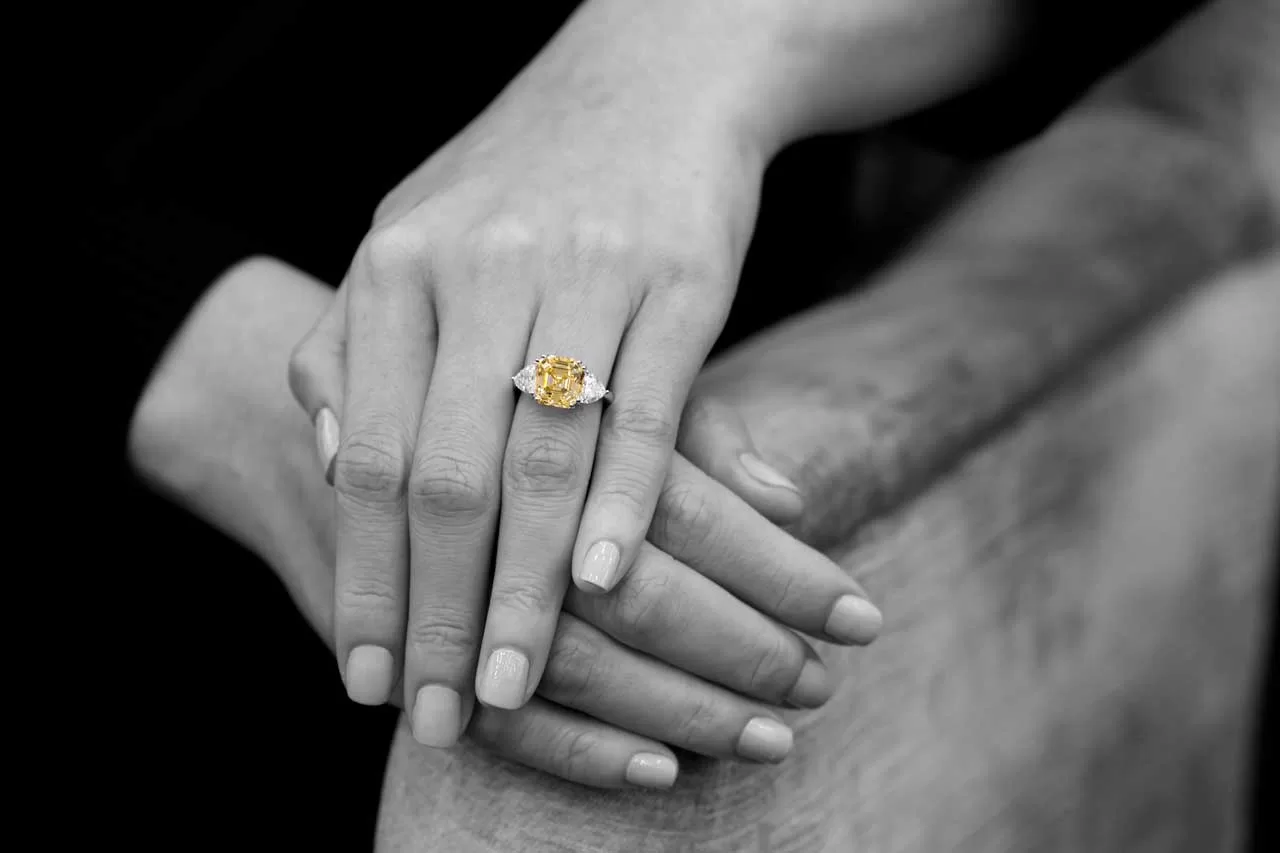FAQ's
Most frequent questions and answers
The four C’s of diamond buying – cut, color, clarity and carat weight – are all important aspects to consider when purchasing a diamond. It can be difficult to decide which is the most important since they are all interrelated and affect how the diamond looks. The answer depends on what you prioritize in a diamond.
Cut is arguably the most significant of the 4 C’s because it has a direct impact on a diamond’s beauty and sparkle. A poorly cut diamond will not reflect light properly and lose its brilliance, regardless of its other qualities.
The highest grade for a diamond is “Flawless,” which is the most desirable rating that a diamond can achieve. A flawless diamond is one that has absolutely no inclusions or blemishes when viewed under 10X magnification. This means the diamond has the absolute maximum clarity and sparkle, making it an extremely valuable and sought-after stone. To achieve this top grade, diamonds must be cut to exceptional standards and have exceptional color. The more perfect these two key elements are, the higher the overall quality of the stone will be. Flawless diamonds are very rare and expensive, making them ideal for high-end jewelry pieces as well as important milestones like weddings and anniversaries.
The 4 C’s of diamonds provide a comprehensive guide to help consumers make informed decisions when choosing the perfect diamond. The 4 Cs are Cut, Color, Clarity, and Carat Weight.
Cut: The cut of a diamond determines its sparkle and brilliance. A well-cut diamond will reflect the light that enters it and display a beautiful rainbow of colors. The cut is graded on a scale from Excellent to Poor, with Excellent diamonds typically having the most beautiful sparkle and liveliness.
Color: Diamonds are graded on their colorlessness or lack thereof on a scale from D (colorless) to Z (light yellow). D-colored diamonds are the rarest and most valuable while Z-colored diamonds have an obvious yellow tint at normal viewing distances.
Clarity: Refers to the presence or absence of internal flaws and blemishes in a diamond called inclusions. Inclusions can dramatically affect the beauty of a diamond and its value as well. Most diamonds contain minor inclusions which can only be seen under 10x magnification; however, some contain more visible inclusions which impact their brilliance. Diamonds with no visible inclusions are graded Flawless or Internally Flawless (IF).
Carat Weight: Represents the size of a diamond measured in metric carats (1 carat = 0.2 grams). The higher the carat weight of a diamond, the larger it appears to be; however, two diamonds with equal carat weights may appear to be different sizes if one has better proportions than another.
Understanding these four key factors is essential for selecting quality diamonds that perfectly suit your needs. Knowing what to look for when evaluating each of these characteristics will ensure you find the right stone for you or someone special!
VS1 and VS2 (often referred to as ‘very slightly included’) are grades of diamond clarity that refer to small inclusions in the diamond. These inclusions are usually only visible under 10x magnification, so they have minimal impact on the overall appearance of the diamond. VS1 diamonds generally contain tiny pinpoint-like inclusions while VS2 diamonds may contain several pinpoints or a single small feather. Both clarity grades are considered excellent for their class, making them a great choice for those looking for high-quality diamonds with reasonable price points.
In addition to being less visible to the naked eye, VS1 and VS2 diamonds also tend to be more affordable than higher clarity grades such as VVS1 and VVS2. For this reason, many people opt for VS1 and VS2 stones when shopping for engagement rings or other jewelry pieces where quality is still a priority but cost is also a consideration. Even though these grades are an excellent value, it’s important to remember that every diamond is unique and must be inspected by a qualified professional before purchase.
When shopping for a VS1 or VS2 diamond, it’s important to look at factors such as cut, color, and carat weight in order to determine which stone offers the best value overall. By considering all aspects of the diamond before purchase, you can get the most out of your budget while still getting an exceptional piece of jewelry.


